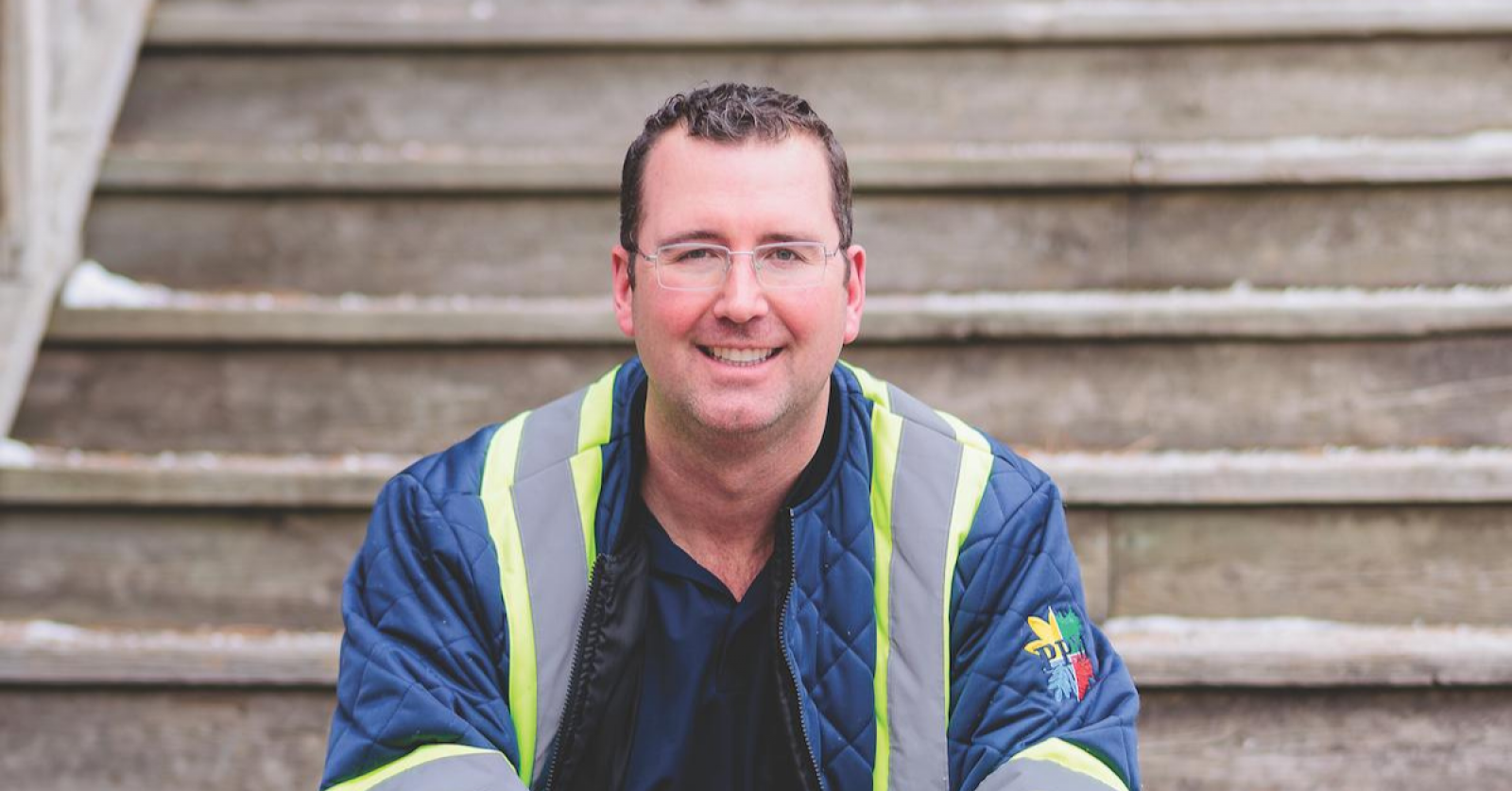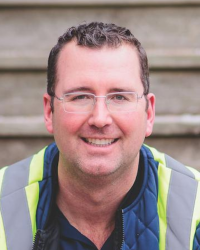February 13, 2024

Investing in new equipment... wisely
As someone who doesn’t really have a mentor, but probably needs 20 of them, I had to chuckle at being asked to write a Mentor Moment column. The saying “the blind leading the blind” comes to mind. I often still think of myself as a 25 year old in no position to share any wisdom, but given I’ve actually been in business for more than 18 years, I’ll give it a shot.
This issue, as you know, is all about new products. While I love new products — and the innovation that our industry has seen over the last 15 years — I also caution you to be patient. Don’t jump on something because it sounds cool, or because it has a great salesperson or because you think you need it. Over the years, I have wasted $50,000 chasing a brine dream, over $100,000 on different GPS/theft deterrent systems and bought or leased many items that I should have just rented for the job.
Cutting my losses and maximizing fleet investments
I currently own/lease over 100 vehicles and have a fairly simple approach to replacing them. If I have to invest over $10,000 a year into them on top of wear and tear parts, then that vehicle will be on the auction block at the end of the season. I won’t chase my losses anymore; time has told me it just isn’t worth it.
We were once partnered with one of the big green fleet management companies, who pushed 160,000 kms as the magic number to get rid of trucks as part of a proper fleet management system. As someone who drives over 80,000 km per year, that just doesn’t make sense anymore. I also feel that a huge amount of this formula is tied to how well employees are taking care of the vehicles, and it is amazing to see many of my trucks with over 250,000 kms are still in well-maintained condition. Conversely, there are some with less than 100,000 kms that I am embarrassed to look at.
The investment in your vehicles goes beyond the initial purchase. There’s the branding, the GPS, the plow and salter/brine sprayer controls, the seat covers, the mats, the oil spray. Every year, it all adds up. A truck that used to be $60,000 is now $90,000, so keeping things longer also makes sense.
Try before you buy
Now let’s look at equipment, from the powered wheelbarrow, to the large loaders. My rule for the smaller stuff is, if it will pay for itself in one season with labour savings, you are stupid not to get it. That said, before you get it, rent it for a week to make sure it can do what the salesperson says it can do — and that your crews will actually use it!
The amount of “pretty” equipment I have that does not see the light of day is mind boggling. We had a concrete mixer that my friend, who borrowed it for personal use, used more than my five construction crews.
With the price of the new equipment, it has to make sense long term. If leasing, structure your leases to avoid cash flow stress. Look at winter-only leases if you know that is when you will use that equipment.
Respect your elders
I believe that older (2016-2020) equipment should be not shamed in any way. I’ve seen plenty of newer equipment that has very cool technology… which then decides to act up during -20 temperatures in a snowstorm. Slightly older equipment seems to have worked through a lot of these issues, and can often be more reliable. That said, repairs on older tools and gear can also be very expensive, so keep that in mind as well. Five-year bumper-to-bumper warranties have saved my butt a few times.
The electric revolution is here. I have spent a lot of money on electric equipment, and while I love it at home, I do think it still has a way to go before performance is where I’d like it to be for my crews. I hope that more companies come out with better and better stuff over the next few years, and that the government provides grants to help us transition away from gas-powered equipment.
Protecting what’s yours
I know we have spoken about theft and tracking equipment in other issues, but I do really want to see manufacturers step things up to make their products less “stealable.” Whoever comes up with that solution will do very well! When most of the larger equipment has the same key, but your $10,000 Hyundai Micra has a proper FOB… you can get a little annoyed.
I would suggest investing in not only hidden trackers, but dash cams with built-in GPS, and getting all of your equipment over a certain value (say, $10,000) onto the same program. First of all, it is great just knowing where everything is, especially in the winter. Second, you will have much less stress if something goes missing. Having proper check-out and check-in procedures with your crews can also help with this worry. Invest in as much security equipment as you can afford to. You have to be your own best advocate.
I still walk trade shows with wide eyes at all of the cool stuff, but now in my 40s, I know to keep my wallet a little more locked up.

Jon Agg is the owner and founder of PPM which is involved in almost all sectors of the landscaping industry from their head office in Ajax, and satellite locations in Brighton, Kingston, Lindsay, Ottawa and the Muskoka Regions of Ontario.